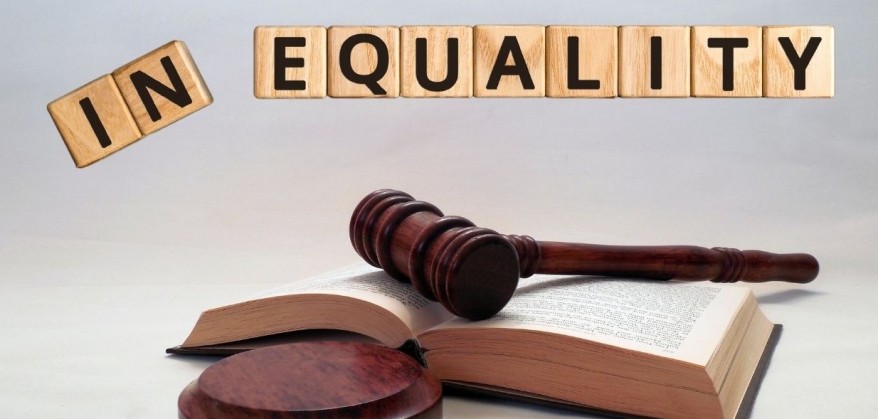
By Nazmin Akthar (Co-Chair of Muslim Women's Network UK)
“Let’s
not go back to normal”. That is the slogan – or ambition – of this year’s Race
Equality Week, which runs from 1st February to 7th
February annually. It is an opportunity to unite individuals and organisations
together in a bid to address race inequalities in the workplace. This may be
through facilitating conversations, through activities or by simply asking
employers to make a commitment to change. This initiative is very much needed
and is welcomed with open arms. We certainly need to see a collective effort,
especially in workplaces themselves, if we are to tackle the deeply entrenched
inequalities that continue to surround us. However, it is also imperative that
these efforts at a grassroots level are supported with legislative solutions so
as to truly end all forms of discrimination, including racial discrimination.
The
Equality Act 2010 is the legislation that we would turn to for such support; it
legally protects people from discrimination in the workplace and wider society.
An interesting fact about this Act however is that there are a number of
provisions within it that would help to advance equality even further but these
provisions, whilst technically in existence, have never been enacted and sadly therefore
cannot be relied upon.
One
such example is Section 14 of the Equality Act 2010 which would allow multiple
discrimination claims. To be more precise, it would allow claims to be brought
where discrimination has taken place due to a combination of two relevant
protected characteristics.
At
present, where an individual seeks to pursue a discrimination claim, they are
required to specify the single protected characteristic upon which they were
discriminated against. This is not so much an issue where multiple
discrimination is ‘additive’; that is, where someone has been discriminated
against due to their race and separately due to their sexual orientation as
they may pursue claims in respect of both and prove both aspects. However, problems
arise where the discrimination suffered is ‘intersectional’.
An
example of intersectional discrimination would be where a South Asian woman is
not promoted to a management position because of a prejudicial belief that all
South Asian women are weak and submissive. Had she been a South Asian man or a
White woman then she would have been promoted. Therefore, it is the dual
combination of her sex and race that led to her being treated unfavourably in
this way. However, if she were to pursue a claim, she would need to choose
between the two protected characteristics of race and sex. This may cause
difficulties because it wasn’t solely due to her race (nor her sex) that she
was discriminated against; yet that is what she would be required to show. This
can be a serious barrier for an individual due to the physical, mental and
financial burdens involved. More importantly, it is a barrier for all of us working
to end discrimination in all its forms. How can we end racial inequalities if
the law cannot recognise that ‘racist-sexism’ and ‘sexist-racism’ are very much
a part and parcel of this?
Enacting
Section 14 would allow individuals to bring a claim for dual discrimination
without needing to establish that the discrimination in respect of each
protected characteristic would be successful if pursued separately. It is time
that the equality laws recognised the intersectionality of issues and
experiences involved. Otherwise we will certainly go back to ‘normal’ – an
unequal normal.
Join Our Movement
Raise your voice and get connected

 1
1